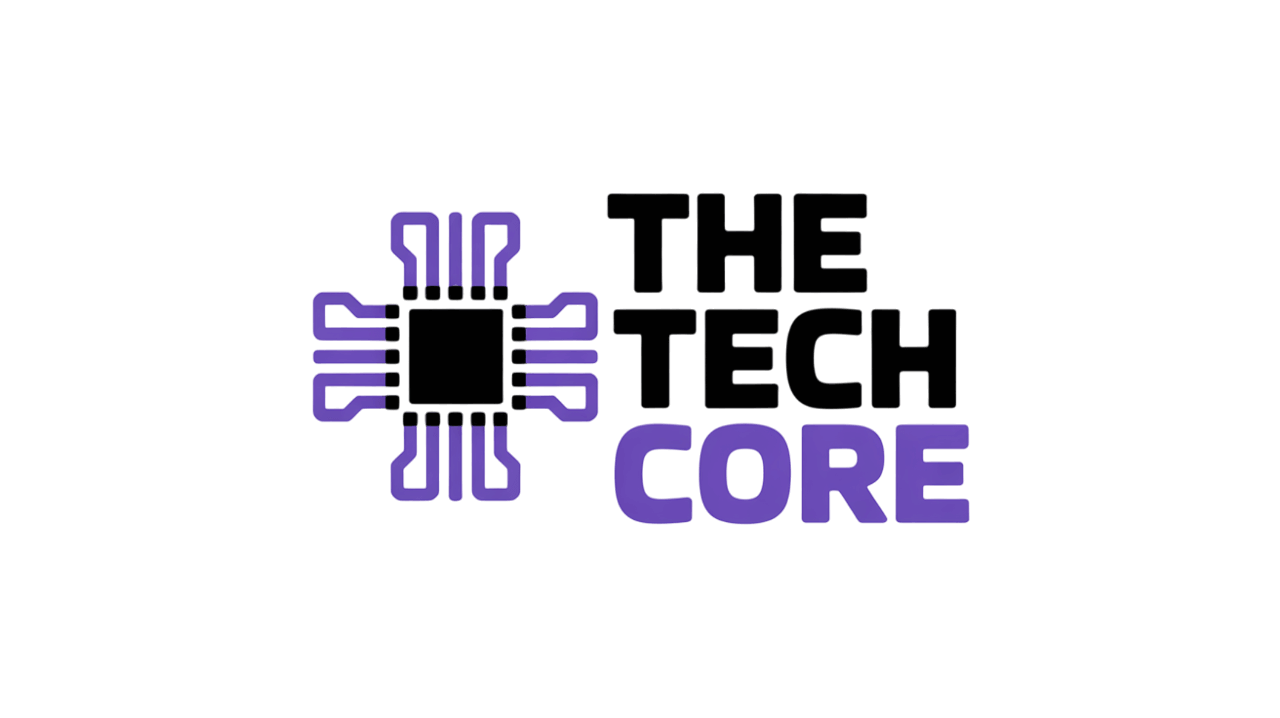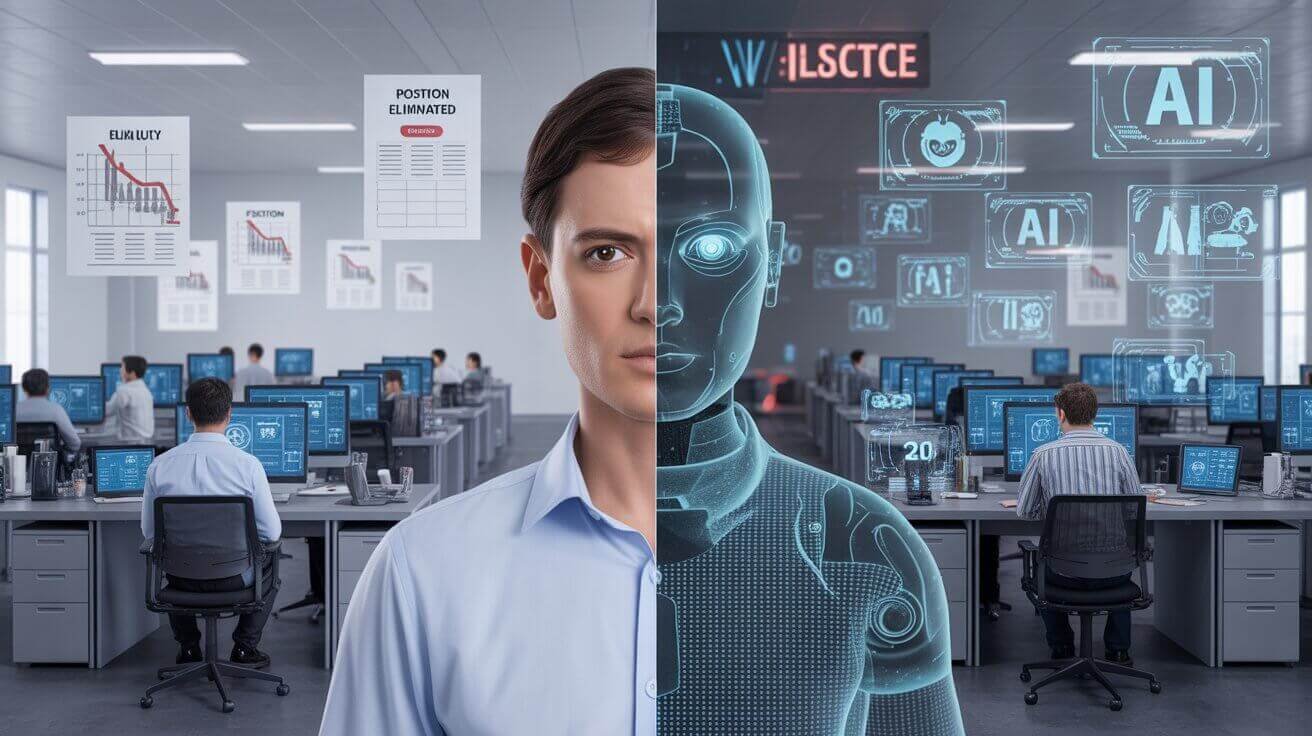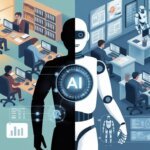The numbers are staggering, and they’re reshaping the entire tech landscape. July 2025 saw a shocking 140% surge in job cuts compared to the same month last year, with AI-driven layoffs accounting for nearly half of all workforce reductions. Moreover, these AI-driven layoffs aren’t just statistics—they represent a fundamental shift in how companies view human workers versus artificial intelligence capabilities.
I’ve been tracking this trend closely, and what’s happening isn’t just another economic downturn. Instead, it’s companies actively choosing automation over human talent, even while posting record profits.
The Reality Behind AI-Driven Layoffs in 2025
The Numbers Tell the Story
According to Challenger, Gray & Christmas data, U.S. employers announced 62,075 job cuts in July alone—a stunning 140% increase over July 2024. Furthermore, nearly half of these cuts were directly related to artificial intelligence and “technological updates.”
The tech sector leads all private industries with 89,251 cuts year-to-date, representing a 36% jump from last year. Additionally, over 130,000 tech workers have lost their jobs across 434 layoff events as of late July.
It’s Not About Financial Struggles
Here’s what makes these AI-driven layoffs particularly concerning: most companies making cuts aren’t struggling financially. Microsoft reported revenue of $70.1 billion in Q1 2025, a 13% increase from the previous year. Yet the company simultaneously cut over 15,000 jobs.
Similarly, Amazon, Google, and Meta are posting strong earnings while reducing their workforces. This suggests that AI-driven layoffs represent strategic workforce transformation rather than cost-cutting due to poor performance.
How Companies Are Implementing AI-Driven Layoffs
Direct AI Replacement
Some companies are being surprisingly transparent about AI replacing human workers. IBM laid off 8,000 employees, mainly from HR departments, and replaced them with an internal AI chatbot called AskHR.
Meanwhile, Microsoft’s CEO Satya Nadella revealed that AI tools like GitHub Copilot now write up to 30% of new code, reducing the need for support teams. Consequently, the company eliminated 6,500 positions across legal, engineering, and product management.
Disguised Automation
However, most companies avoid directly linking layoffs to AI replacement. Employment experts suggest there’s an “AI undercurrent” behind many efficiency-focused layoffs, especially in back-office and customer service roles.
Companies prefer using terms like “restructuring,” “optimization,” or “modernization” rather than explicitly mentioning AI automation. This messaging helps them avoid potential backlash while still moving forward with workforce automation.
Strategic Resource Reallocation
The pattern across major tech companies shows a clear strategy: reduce traditional roles to fund AI development. Google reduced 25% of its smart TV team while simultaneously increasing funding for Bard and Gemini AI projects.
Similarly, Canva eliminated technical writing roles as their teams began using generative AI for documentation creation. These moves demonstrate how AI-driven layoffs enable companies to reallocate budgets toward AI infrastructure and talent.
Which Roles Face the Greatest Risk from AI-Driven Layoffs
Entry-Level Positions Under Threat
Research from Bloomberg shows AI could replace more than 50% of tasks performed by market research analysts and 67% of sales representative duties. Conversely, managerial counterparts face only 9% and 21% task automation respectively.
This pattern suggests that AI-driven layoffs disproportionately affect entry-level workers, potentially eliminating traditional career ladders for new graduates.
Back-Office and Support Functions
Administrative roles, customer service positions, and data entry jobs remain particularly vulnerable. Moreover, companies are finding that AI can handle routine tasks with greater speed and consistency than human workers.
TCS (Tata Consultancy Services) announced plans to cut 12,000 jobs, primarily targeting middle and senior management roles due to AI efficiencies.
Content and Documentation Roles
Technical writing, basic content creation, and documentation roles face significant automation pressure. AI tools can now generate documentation, write basic copy, and handle routine content tasks that previously required human workers.
However, complex creative work, strategic thinking, and leadership roles remain largely protected from immediate automation.
The Economic Impact of AI-Driven Layoffs
Regional Disparities
The impact isn’t evenly distributed across the United States. The East Coast has seen the most dramatic increase, rising 219% year-over-year, driven by federal agency reductions and steep jumps in states like New Jersey (+362%) and New York (+43%).
California has experienced 114,676 layoffs, a 50% increase from the previous year. Meanwhile, Southern states saw job cuts climb 34% overall, with Georgia and Florida experiencing spikes over 70%.
Industry Spillover Effects
AI-driven layoffs aren’t confined to tech companies. The retail sector announced 80,487 job cuts through July, up 249% from last year, as automation increasingly handles customer service and inventory management.
Even non-profit organizations have seen 413% more layoffs, partly due to reduced federal funding but also as administrative tasks become automated.
Long-Term Economic Implications
The World Economic Forum reports that 41% of employers worldwide plan to reduce their workforce due to AI automation over the next five years. Furthermore, estimates suggest AI could impact nearly 50 million U.S. jobs in the coming years.
Practical Strategies for Surviving AI-Driven Layoffs
Develop AI-Complementary Skills
The most effective protection against AI-driven layoffs involves developing skills that complement rather than compete with AI. These include:
- Strategic thinking and complex problem-solving: AI excels at routine tasks but struggles with nuanced decision-making
- Interpersonal communication and relationship management: Human connection remains irreplaceable
- Creative and innovative thinking: Original ideation and creative problem-solving resist automation
- AI collaboration and management: Learning to work effectively with AI tools and systems
Upskill in AI Technologies
Paradoxically, understanding AI systems can provide job security. Workers who effectively use AI tools see average salary increases of $18,000 annually (28% higher than non-AI roles).
Companies value employees who can bridge the gap between human oversight and AI capabilities. Additionally, roles involving AI training, management, and ethical oversight are growing rapidly.
Focus on Hybrid Roles
Many experts suggest that the future lies not in pure human or AI roles, but in human-AI collaboration. Positions that require both technological fluency and human judgment offer the best protection against automation.
Consider roles like AI product managers, data scientists who interpret AI outputs, or customer success managers who use AI tools to enhance human relationships.
Future Implications of AI-Driven Layoffs
Accelerating Automation Timeline
The pace of AI-driven layoffs suggests that automation is happening faster than many experts predicted. Anthropic CEO Dario Amodei recently warned that generative AI could eliminate up to half of entry-level office worker jobs.
This acceleration means workers have less time to adapt and reskill than previously anticipated.
Policy and Regulatory Responses
The surge in AI-driven layoffs is likely to prompt government intervention. Policymakers may need to enhance unemployment benefits, job retraining programs, and potentially regulate the pace of AI adoption to protect workers.
Some experts suggest implementing transition periods for major automation initiatives, giving workers time to retrain and find alternative roles.
Industry Transformation
The current wave of AI-driven layoffs represents more than temporary workforce adjustments. Instead, it signals a permanent shift toward AI-first business models across industries.
Companies that successfully balance AI efficiency with human creativity and oversight will likely emerge as leaders in this new landscape.
New Job Categories
While AI-driven layoffs eliminate many traditional roles, they also create new opportunities. Emerging fields include AI ethics specialists, human-AI interaction designers, and AI training specialists.
However, these new roles often require different skills than the eliminated positions, creating challenges for displaced workers.
The Bottom Line
The 140% spike in AI-driven layoffs during July 2025 marks a turning point in the relationship between human workers and artificial intelligence. Moreover, this trend extends beyond simple cost-cutting to represent fundamental changes in how companies operate.
For workers, the message is clear: adaptation is essential. Those who develop AI-complementary skills, learn to work with AI systems, and focus on uniquely human capabilities will be best positioned to thrive.
For companies, the challenge lies in balancing efficiency gains from AI automation with the need for human creativity, oversight, and customer relationships. Furthermore, organizations that handle this transition thoughtfully will likely gain competitive advantages over those that prioritize short-term cost savings.
The era of AI-driven layoffs is just beginning, but it doesn’t have to mean the end of meaningful work. Instead, it represents an opportunity to redefine human roles in an AI-augmented economy—if we prepare properly for the transition.








